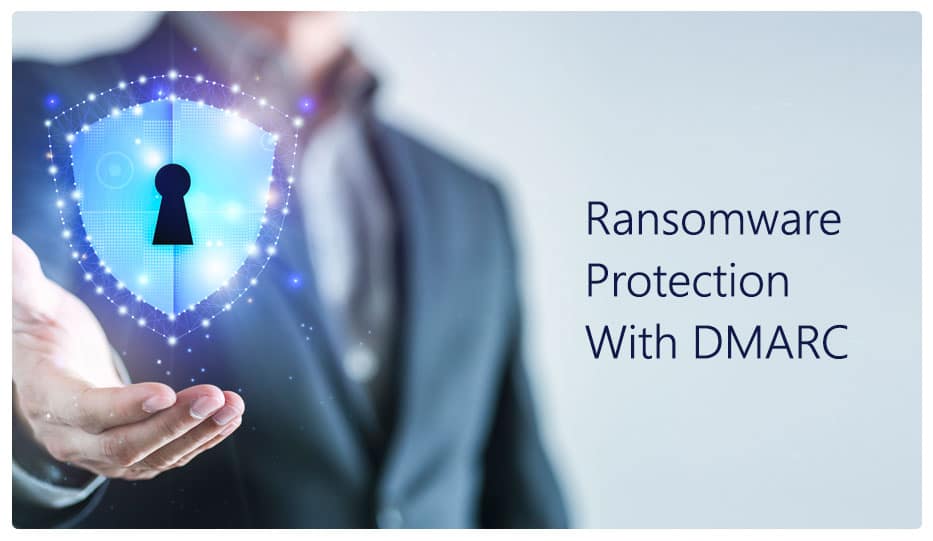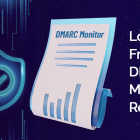Ransomware protection becomes ever more critical as the number of weekly ransomware attacks rocket to the highest numbers ever recorded. Businesses from dispersed markets are falling prey to ransomware, and there is no foretelling who might be the next victim.
In these times, the worst thing you can do as a business owner is to wait with baited breath until it is your turn to suffer. Ransomware protection demands active measures, and making sure you are implementing them will go a long way in keeping ransomware attacks at bay.
At a Glance
The Role of DMARC in ransomware protection
There are some loitering misconceptions that DMARC is a matter of choice and has to do more with optional email compliance. That it’s fine even if you don’t implement DMARC. While DMARC can validate the standards compliance of emails, it extends way beyond email spam verification to prevent serious domain spoofing attacks and preventing phishing attacks.
How can DMARC Protect Against Ransomware?
A ransomware is a piece of malicious code that encrypts all the files on the infected system, effectively locking a person out of his own system. In return for the decrypting key, the hacker asks for large sums of money.
Here’s how ransomware infection becomes a big problem because of not implementing DMARC:
- When DMARC email authentication is not active, hackers can send fraud emails posing as you to your customers, partners, and internal team members.
- Fraudulent email messages pass through without getting flagged, effectively delivering ransomware attachments to others. Because the intended victims falsely think the email is from you, they open it, inviting disaster.
- Ransomware spreads rapidly. If a ransomware is spread within an organization, all connected systems are endangered. Imagine the panic if your personal data was held hostage. Now think of the scale of disruption when an entire organization faces the same issue.
- On the other hand, if the ransomware was delivered to outsiders, say your partners or end-customers, then your reputation gets tarnished. Sometimes, that may hit your business objectives more than the monetary losses of paying the ransom.
Also, even if you do pay the ransom, there is no guarantee that the hacker will provide the decryption keys. Further, even on getting access back, you cannot say for sure that the hacker hasn’t already put all your sensitive data for sale in the black markets. Dealing with ransomware is always a gamble, thus underlining the need for better ransomware protection.
How can implementing DMARC prevent ransomware attacks?
Email remains the number one vector for spreading malware like ransomware, through phishing attempts. Phishing, in turn, relies greatly on domain spoofing, a cyber attack in which the hacker sends emails by ‘borrowing’ your valid domain.
When you implement DMARC, however, you can effectively block all emails that don’t originate from your valid channels. This reduces the risk of such borrowed domains being used to deliver emails. Flagged emails will never reach their intended recipients.
Naturally, a good DMARC service won’t just block flagged emails and leave you to guess for yourself how many and when they were triggered. So, along with implementing DMARC, you also need a reporting tool that will provide with useful insights into your email traffic.
A DMARC Monitoring software is useful because it provides:
- Frequent and regular monitoring across your email domains.
- Easy to digest reports which give you actionable steps along with historic and real-time views of data.
- Proper handling of DMARC data, including DMARC records, SPF records, and DKIM configurations.
DMARC really acts as the first line of defence in ransomware protection, by protecting your domain from being spoofed, and also alerting you to heightened spoofing activity. Implementing DMARC with Logix is a guided, 3-month process in which we handhold you to achieve the best DMARC configuration to reject all flagged emails, so as to prevent the spread of ransomware and other dangerous email-borne threats.




